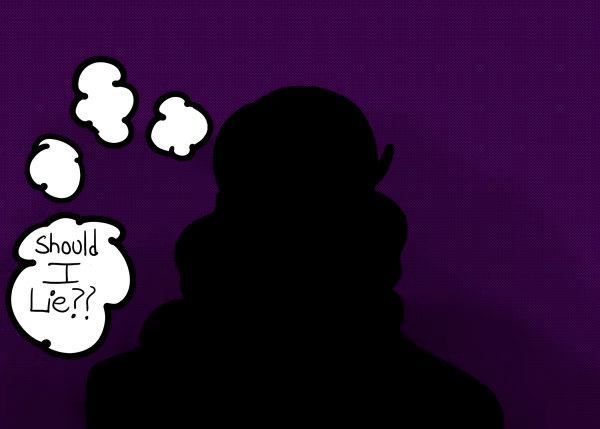OPINION: Frustrated by hidden taxes? There’s a better way
Julio Cortez / Associated Press
Businesses in United States use different pricing tactics to encourage consumers, from making prices feel cheaper and not making taxes apparent to even saying a price is low, as Walmart does.
It is always frustrating to approach a store counter to buy something you want, and not know exactly how much you are going to spend. Only in the United States are general sales taxes excluded from the price tag. If you have only a dollar in your pocket and want to spend it on the Dollar Menu at McDonald’s, you will never pay exactly a dollar for it, as taxes are not being included in the price.
“The U.S. differs from other advanced economies in that almost every state and local government here collects a sales tax, which is only administered at the time of the final sale, while in other countries the central government collects a value-added tax (VAT), which is administered at each stage of production,” said Erik Tillman, a political science professor at DePaul.
“While the VAT offers the convenience to consumers of knowing the end price, critics say it is less visible to consumers because it already built into the purchase price.”
It is partly true that many Americans do feel skeptical of their government, so it helps to see and be aware of the price without taxes being included. So, as you buy the product, you know exactly the price of it and the amount of tax you have to pay on top of that.
“Americans like to blame their governments for taxes, so business owners like to separate their price from the government’s take,” said Richard Russell, a product management consultant. “This means that every time a customer makes a purchase, they are reminded of the tax take, and have reason to criticize the government for the high price they pay, and not the business itself.”
Additionally, when we see a lower price tag, psychologically we want to buy the product. We think that it is at a great deal and worth buying, as it is a one-time sale, and it costs just $29, as opposed to $30. That is why many companies set the price tag at $15.99, or $24.98 to attract more customers – a marketing strategy known as psychological pricing. Even then you still would not pay the exact price though, so it almost diminishes the point of the lower price, as the amount of taxes would exceed that number.
“Americans are aware that there is this additional tax component, and it allows people to take that into consideration,” said Werner De Bondt, a finance professor at DePaul and an economist who studied the psychology of financial decision-making. “For many products in Europe, people are not really aware of the added tax, and it can be as high as 21 percent, but you don’t see that. And if you don’t see that, then you are not made explicitly aware of it.”
At the same time, it comes down to whether or not such an approach is worth it. Does every American want to know the base price of a product and the cost of taxes and fees, or would it be easier if everything was already included at sticker price so that you know the exact amount up front?
I have had plenty of experiences where I would have a certain amount of money and need to buy items within that price range. It gets tough when you cannot be certain of how much tax would be totaled in at the end of the purchase. It is good to know the amount of tax that is being added, but do we need this information? Would it not be easier if prices were the exact number we pay for the item?
Professor Tillman thinks that even though many economists have argued the U.S. should adopt a VAT, it is very difficult politically.
“Conservatives worry that the ‘invisible’ nature of the tax would make it easier for the government to raise it, and a federal VAT would be a new tax,” Tillman said. “Liberals criticize consumption taxes in general as being regressive, posing a heavier burden on lower-income individuals.”
It looks like even though some Americans feel that taxes should be included to avoid the “guessing game,” while others prefer to know the base amount of everything they pay for, it seems unlikely that anything will be changed.
Although everywhere else in the world people pay the exact amount shown on price tags, in the U.S., people have just gotten used to it. The only possible solution that might satisfy both parties is to put the amount of taxes added next to the price tag, so before buying anything, a person would know the exact amount. Tax percentages vary from state to state, and even from town to town, so there’s no general estimate number that you could add to an item’s price.







